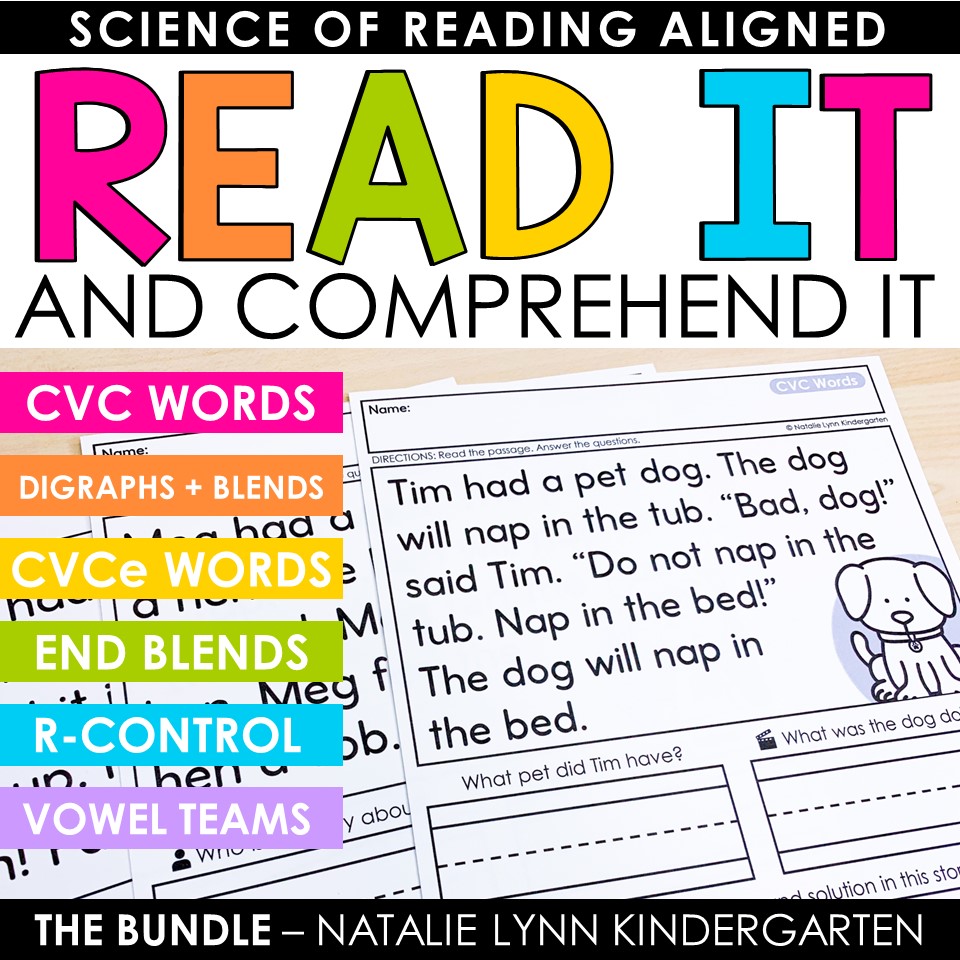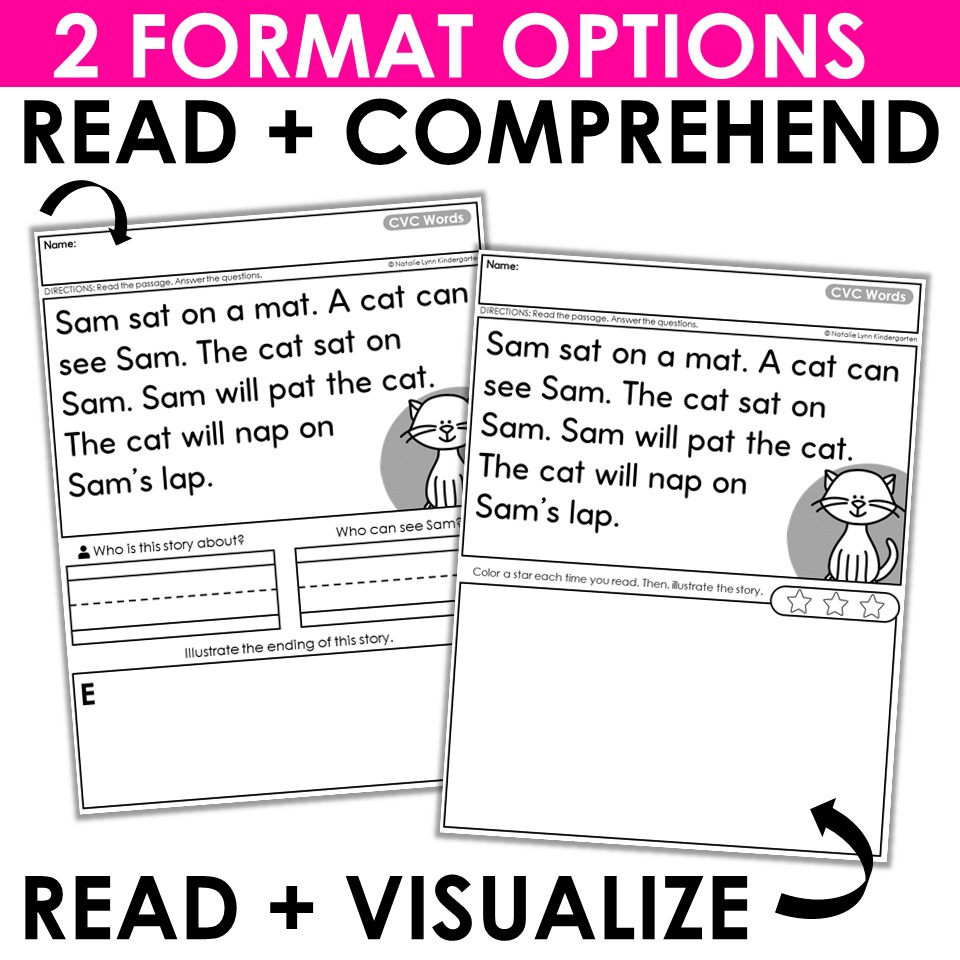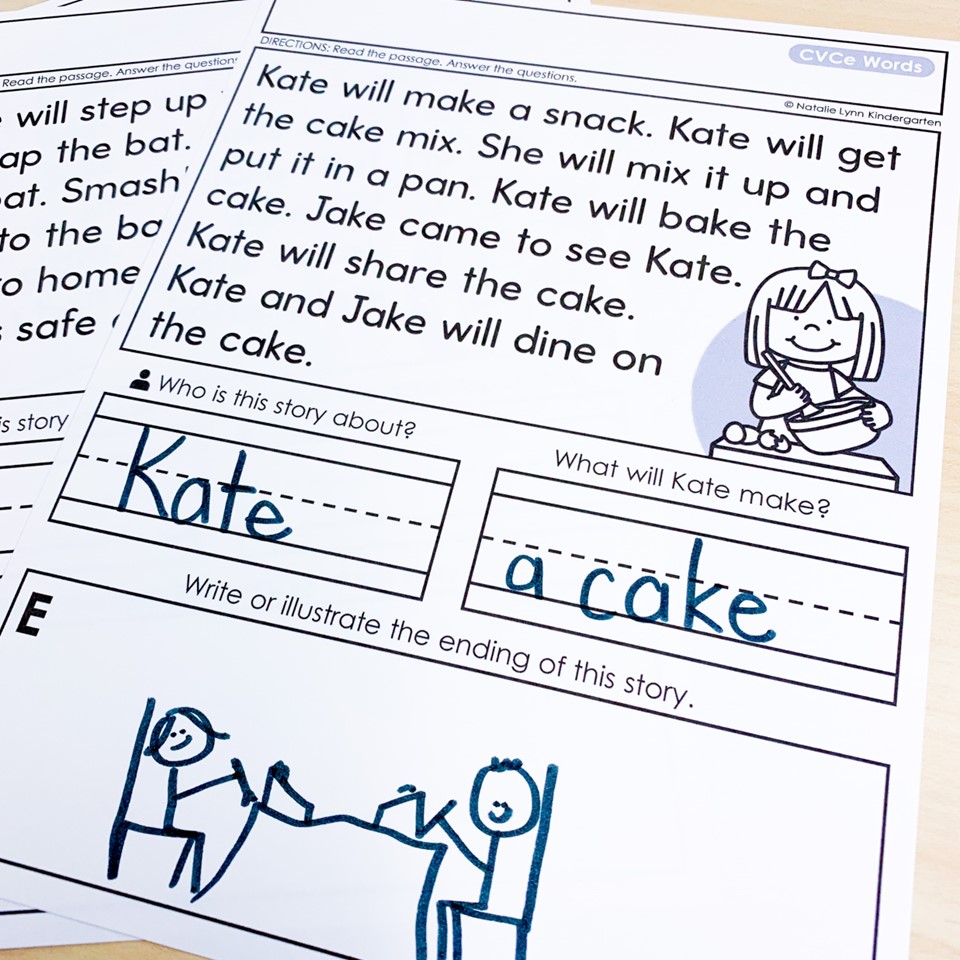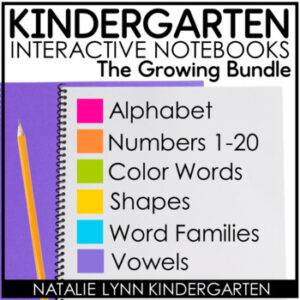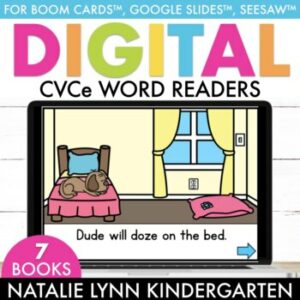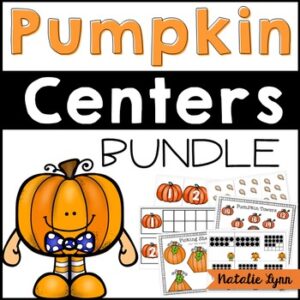Science of Reading Bundle SOR Read + Comprehend Decodable Passages
$16.00
Are you looking for meaningful, Science of Reading aligned decodable reading passages for Kindergarten, first grade, or second grade? This is it!
More about this resource...
Are you looking for meaningful, Science of Reading aligned decodable reading passages for Kindergarten, first grade, or second grade? This is it!
2 formatting options:
- Read and Comprehend: Students will read the decodable passage. Then, they will answer comprehension questions about the story.
- Read and Visualize: Students will read the decodable story three times. Then, they will illustrate the story.
This set of decodable reading passages is 100% aligned with the Science of Reading SOR! What does that mean? You will ONLY see phonics skills previously taught within these passages and very limited high frequency words. These decodable passages follow the same scope and sequence as my Science of Reading Guided Curriculum.
Skills covered:
- 20 CVC Word Decodable Passages
- 20 Digraphs and Blends Decodable Passages
- 20 CVCe Word Decodable Passages
- 10 Ending Blends Decodable Passages
- 10 R-Controlled Vowel Decodable Passages
- 20 Vowel Team decodable passages
- 10 Diphthongs decodable passages
FREQUENTLY ASKED QUESTIONS:
Are these decodable passages aligned with the Science of Reading? Yes, these reading passages align with the Science of Reading and build along a phonics scope and sequence.
What grade levels will these Science of Reading decodable passages work best for? Since these reading passages are skill-based, they can work for a wide range of grade levels. The reading passages do get longer and more complex as they build through the skills. Generally, this decodable passages bundle will work for Kindergarten – 2nd grade.
Will my students be able to use these decodable reading passages independently? I suggest doing a few together first, and then students should be able to do these reading passages independently! If using the Read + Comprehend option, you may need to read the questions to students, although visual supports are often included.

